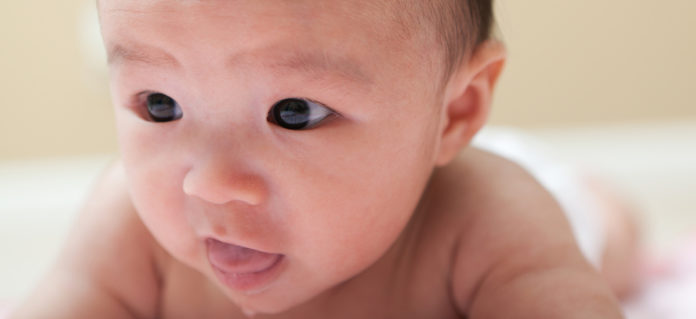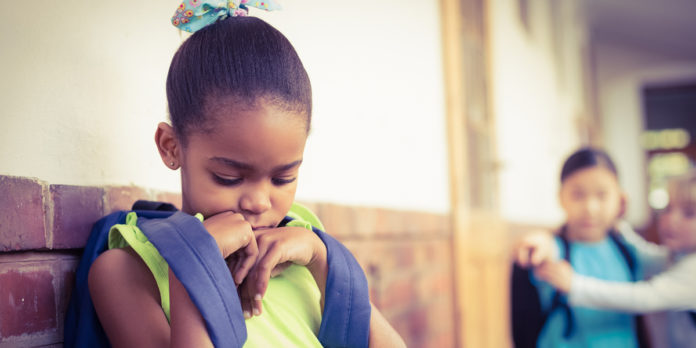Reforms proposed to South Australian surrogacy laws recommend an updated and improved non-commercial system of domestic surrogacy to protect the interests of all parties, especially those of the surrogate child.
In a report delivered to the Attorney-General, the South Australian Law Reform Institute (SALRI) based at the University of Adelaide’s Law School proposed major changes to the state’s surrogacy laws, including:
- Enabling single people in South Australia to access surrogacy;
- Enabling South Australians to access interstate-based fertility and surrogacy arrangements;
- Clarifying and enhancing the checks and balances that childless ‘intending’ couples must comply with;
- Mandatory counselling for intending parents and the surrogate mother.
The Institute, an independent law reform body, was asked to consider an appropriate regulatory framework for surrogacy arrangements in South Australia by former Attorney-General John Rau, with current Attorney-General Vickie Chapman also supporting the review.
“The quest for a child is a very sensitive issue for people who want a family but are unable to have their own,” says the University of Adelaide’s Professor John Williams, Director of the SA Law Reform Institute.
“There are many moral, legal, technical, medical and ethical issues that surround surrogacy. Our proposed reforms follow wide research and extensive community consultation, taking into account many diverse views, ranging from those who want a commercial surrogacy system in South Australia to those who oppose all forms of surrogacy,” Professor Williams says.
Sixty-nine recommendations are contained in the report delivered to the Attorney-General. The report builds on the work of the Hon. John Dawkins MLC, who had previously proposed a Private Member’s Bill on surrogacy.
“Our reforms aim to strengthen current laws, retaining and updating the present non-commercial system of domestic surrogacy, encouraging families to use lawful Australian-based surrogacy, and discouraging the use of overseas commercial arrangements,” says Professor Williams.
“The proposed reforms also remove some of the restrictions that are seen by the community as unnecessary: currently, it is illegal for single people in South Australia to access surrogacy arrangements, and to access fertility and surrogacy services from interstate.”
The South Australian Youth Court examines a small number of applications for surrogacy arrangements each year. The rights of the child are central to each case.
“By clarifying and enhancing the checks and balances which childless ‘intending’ couples must comply with, our reforms will help to ensure that they have a surrogacy arrangement in place, prior to any fertility treatment, which will be recognised by the Youth Court. This will encourage people to use non-commercial surrogacy,” says the Deputy Director of the SA Law Reform Institute, the University of Adelaide’s Dr David Plater.
“Non-commercial surrogacy where the surrogate mother is not paid for carrying the child for the intending parents, except for reimbursement of her medical and other expenses, is the only legal form of surrogacy in Australia.
“Current laws state that any fertility treatment should take place in South Australia. We propose that this requirement be abolished,” Dr Plater says.
“A high proportion of surrogacy arrangements involve parties from different states. Ultimately, we would like to see a national surrogacy framework of uniform legislation which would enable surrogate mothers to assist couples from other states more easily,” he says.
The report acknowledges that counselling plays an essential role in surrogacy arrangements.
“Under our proposed reforms, both intending parents and a surrogate mother must obtain a counselling certificate from an independent counsellor to confirm it is appropriate to proceed,” says Dr Plater.
Madeleine Thompson, a researcher from the University of Adelaide’s Law School and report co-author, interviewed interested parties, surrogate mothers and intending parents during the extensive community consultation.
“The consultation process has proved powerful,” says Ms Thompson.
“We heard from surrogate mothers about their profound desire to help childless families. People’s own, sometimes painful, experiences have brought into sharp focus how the current law affects people’s quest for a surrogate mother.
“Currently single people in South Australia cannot use surrogacy whatever the circumstances. One case highlighted the unfairness of this situation. A couple had arranged a close family member to be a surrogate but sadly one member of the couple died before the process was started.
“Unless the law changes, the remaining member of the couple will never have a child from their partnership,” says Ms Thompson.
The Institute’s report also acknowledges that mothers should not be financially disadvantaged through acting as surrogates, while also reinforcing that commercial surrogacy is illegal.
“Commercial surrogacy will remain illegal under the reforms we are proposing,” says Professor Williams.
“We also conclude that international surrogacy is an issue for the Commonwealth and not the states.
“While South Australia’s laws need to be updated to make them as effective as possible to protect all parties, we believe there is a genuine need for a uniform national approach to surrogacy administered by the Commonwealth,” he says.
(Source: The University of Adelaide)














